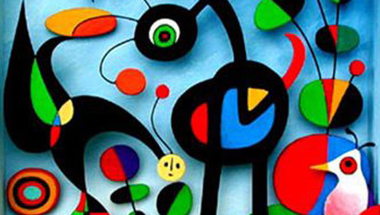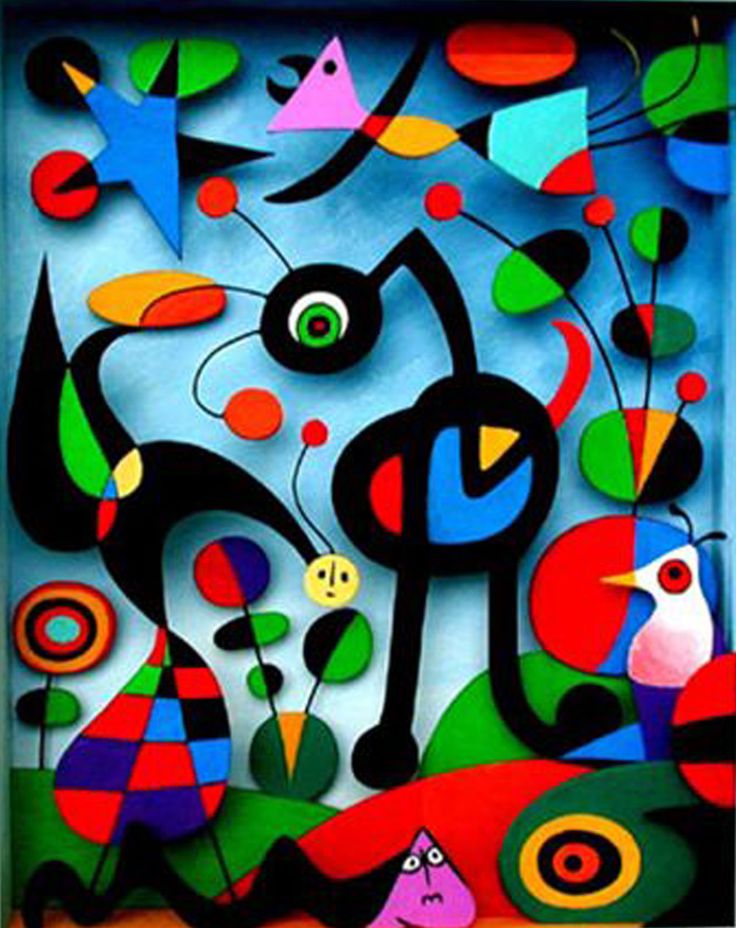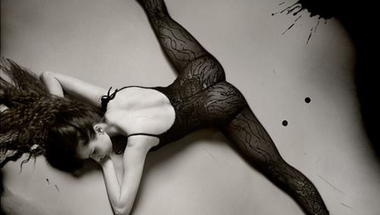Vincent van Gogh (1853-1890): Cafe Terrace At Night (1888) here you have a night painting without black, with nothing but beautiful blue and violet and green and in this surrounding the illuminated area colors itself sulfur pale yellow and citron green… Cafe Terrace at Night was one of the first scenes Van Gogh painted during his stay in Arles and the first painting where he used a nocturnal background. Using contrasting colors and tones, Van Gogh achieved a luminous surface that pulses with an interior light, almost in defiance of the darkening sky. The lines of composition all point to the center of the work drawing the eye along the pavement as if the viewer is strolling the cobblestone streets…
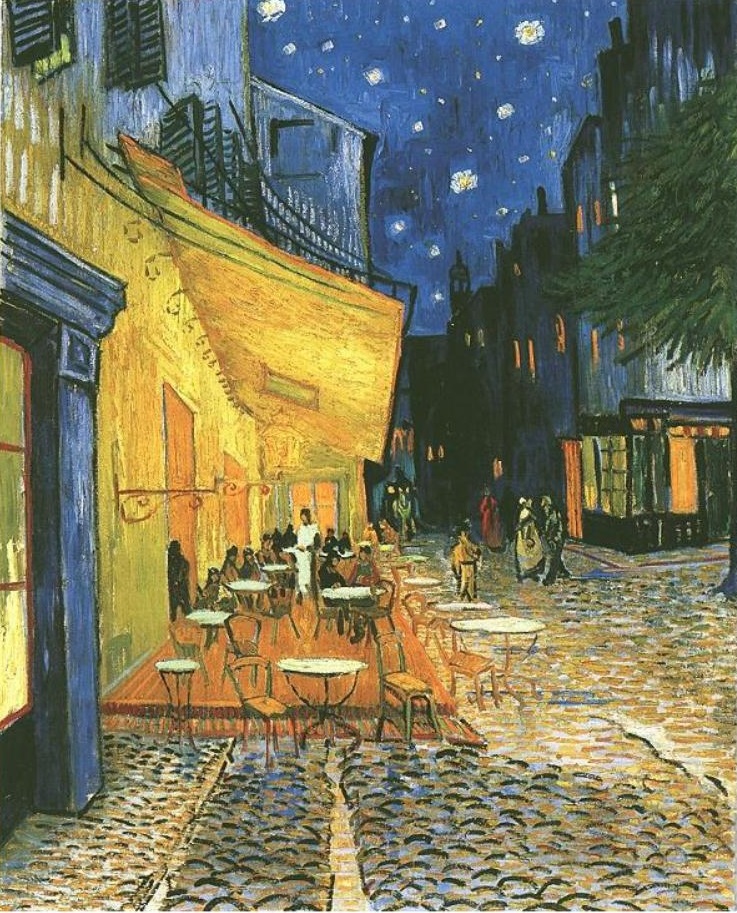

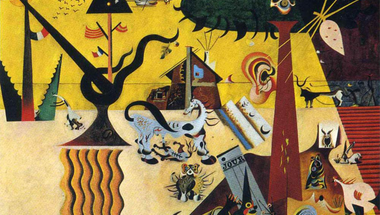
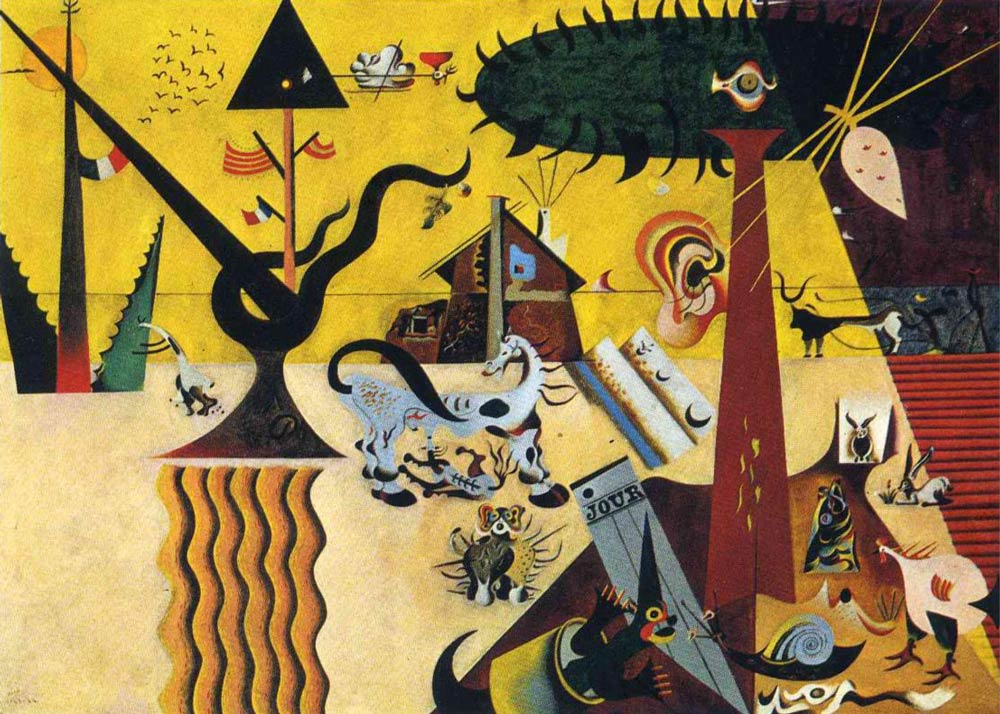

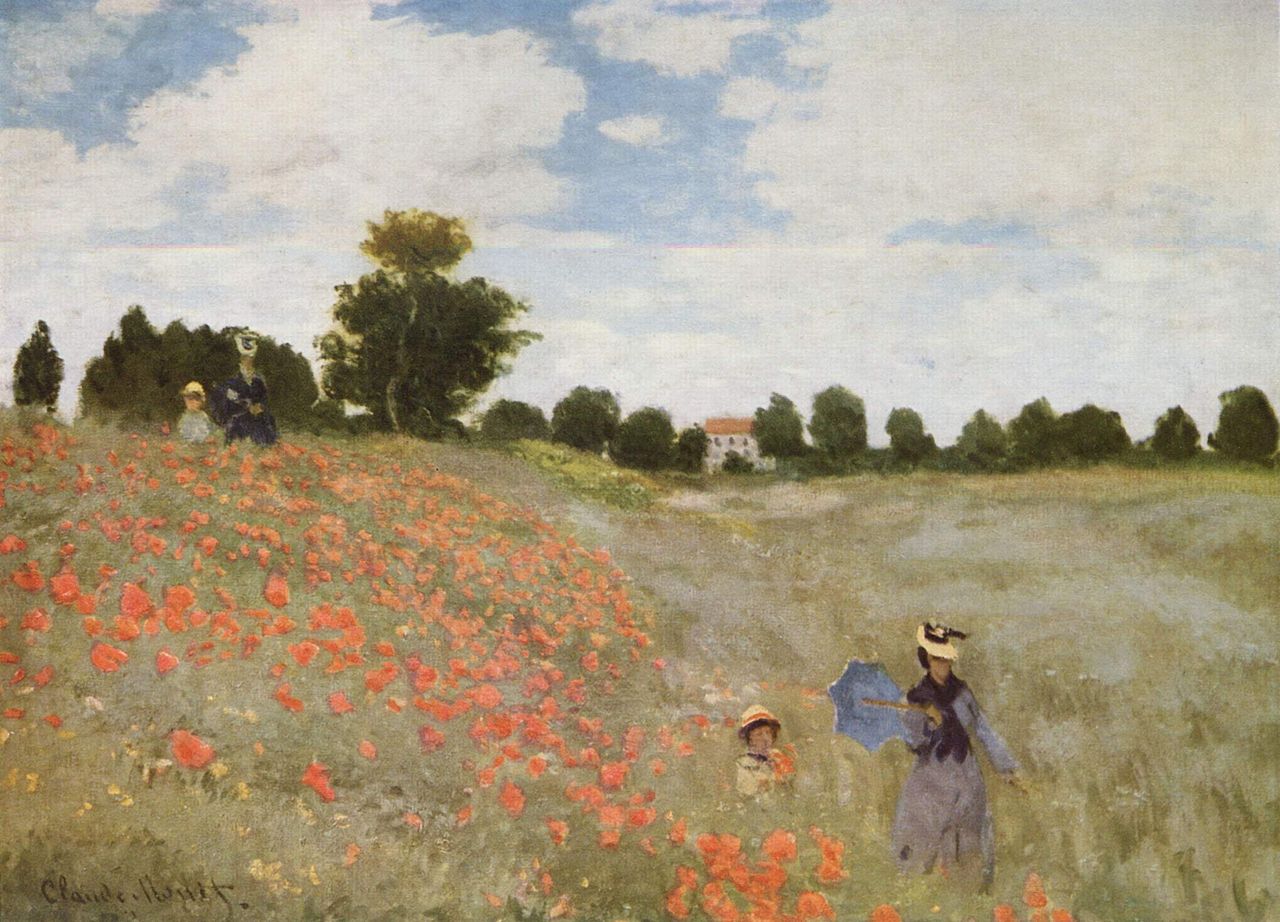

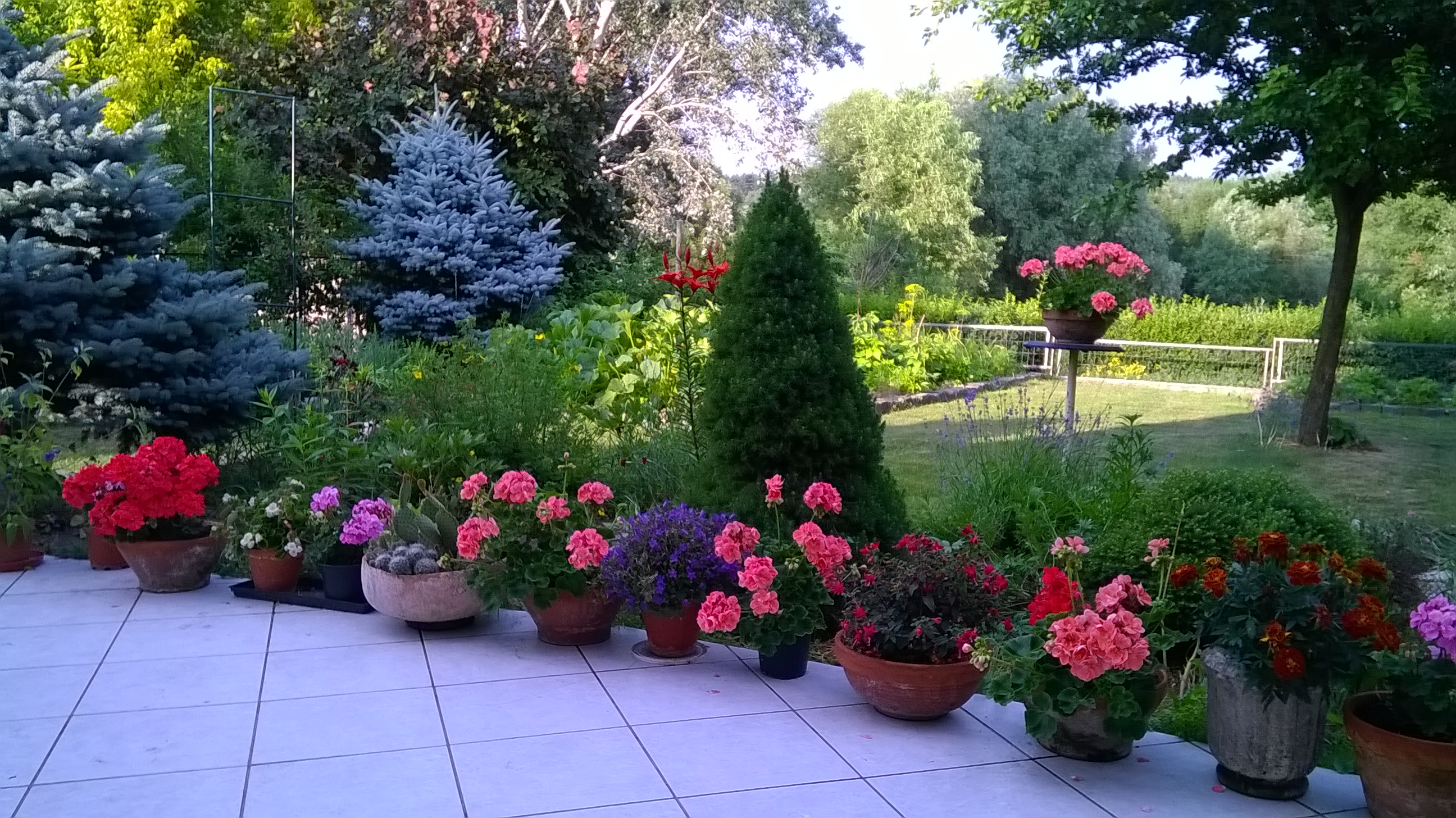
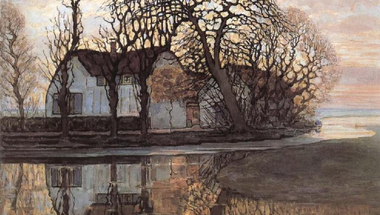
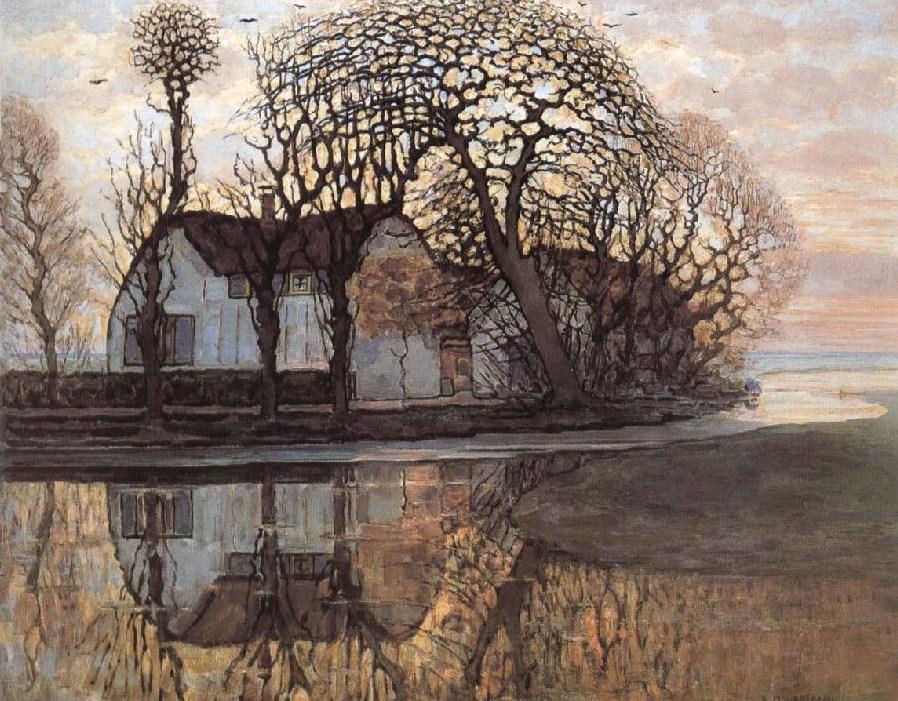


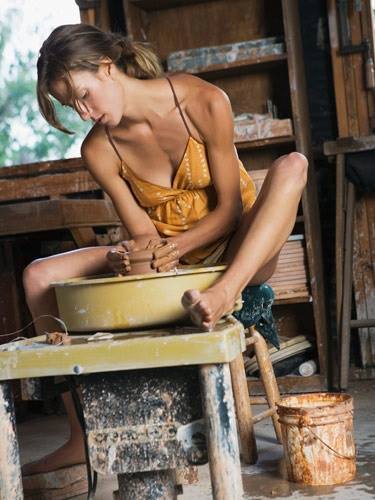
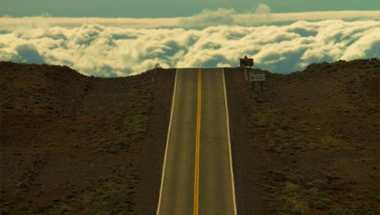
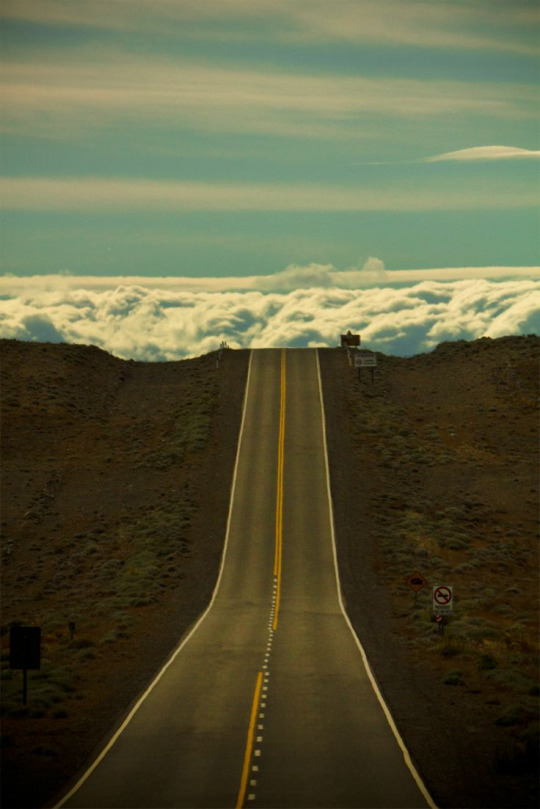
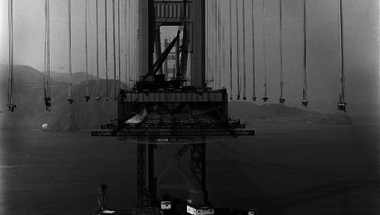
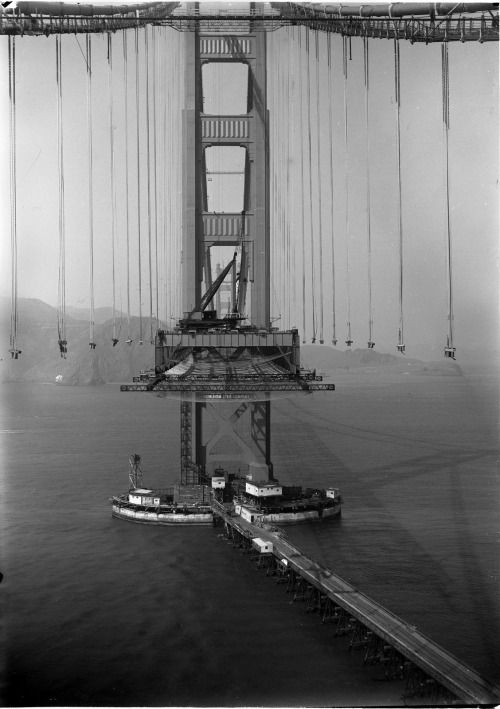
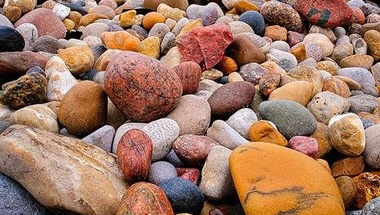
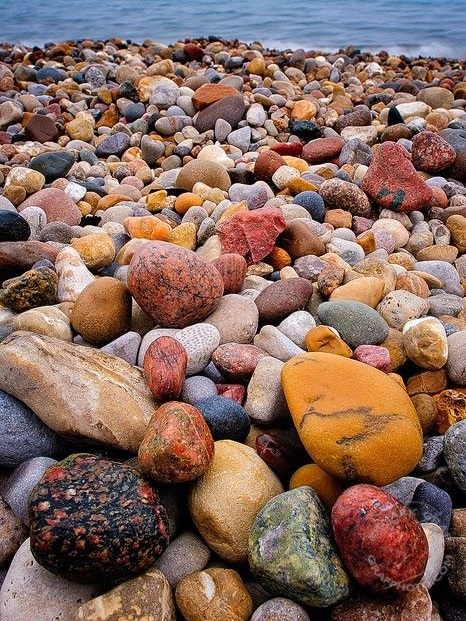
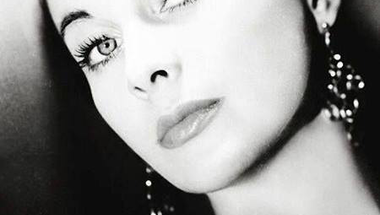
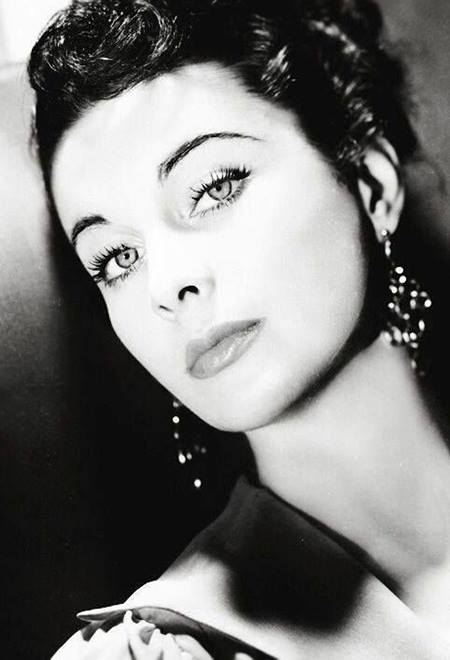
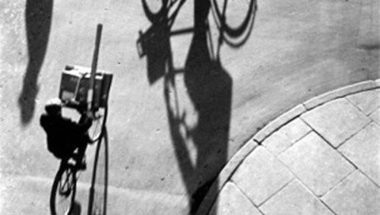
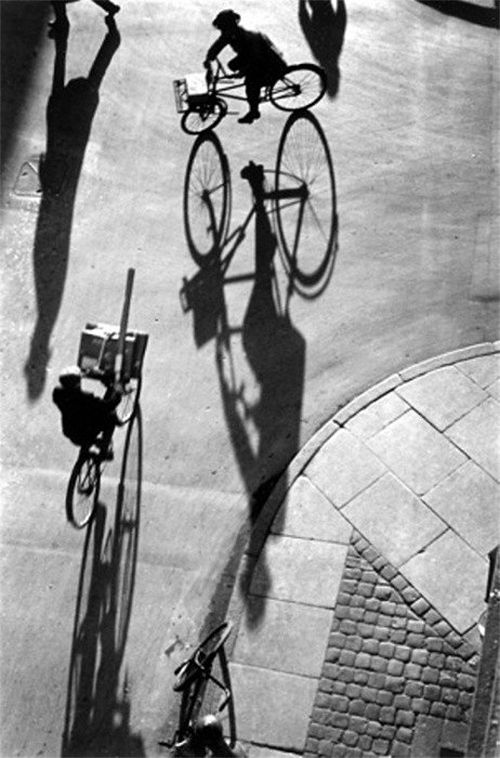
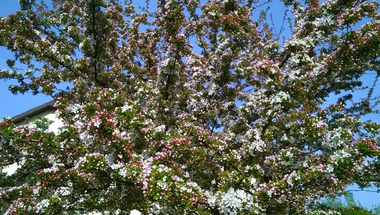
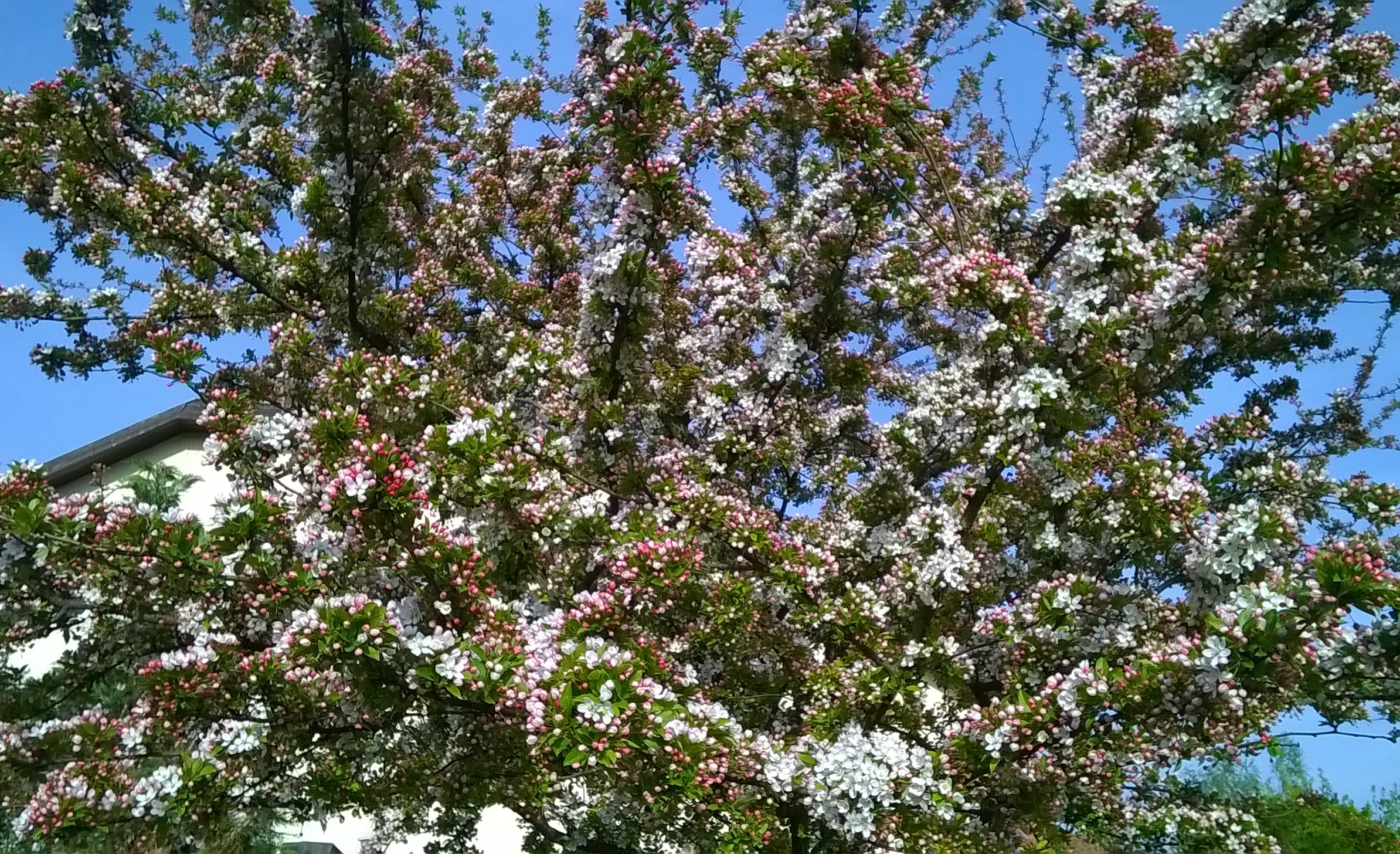
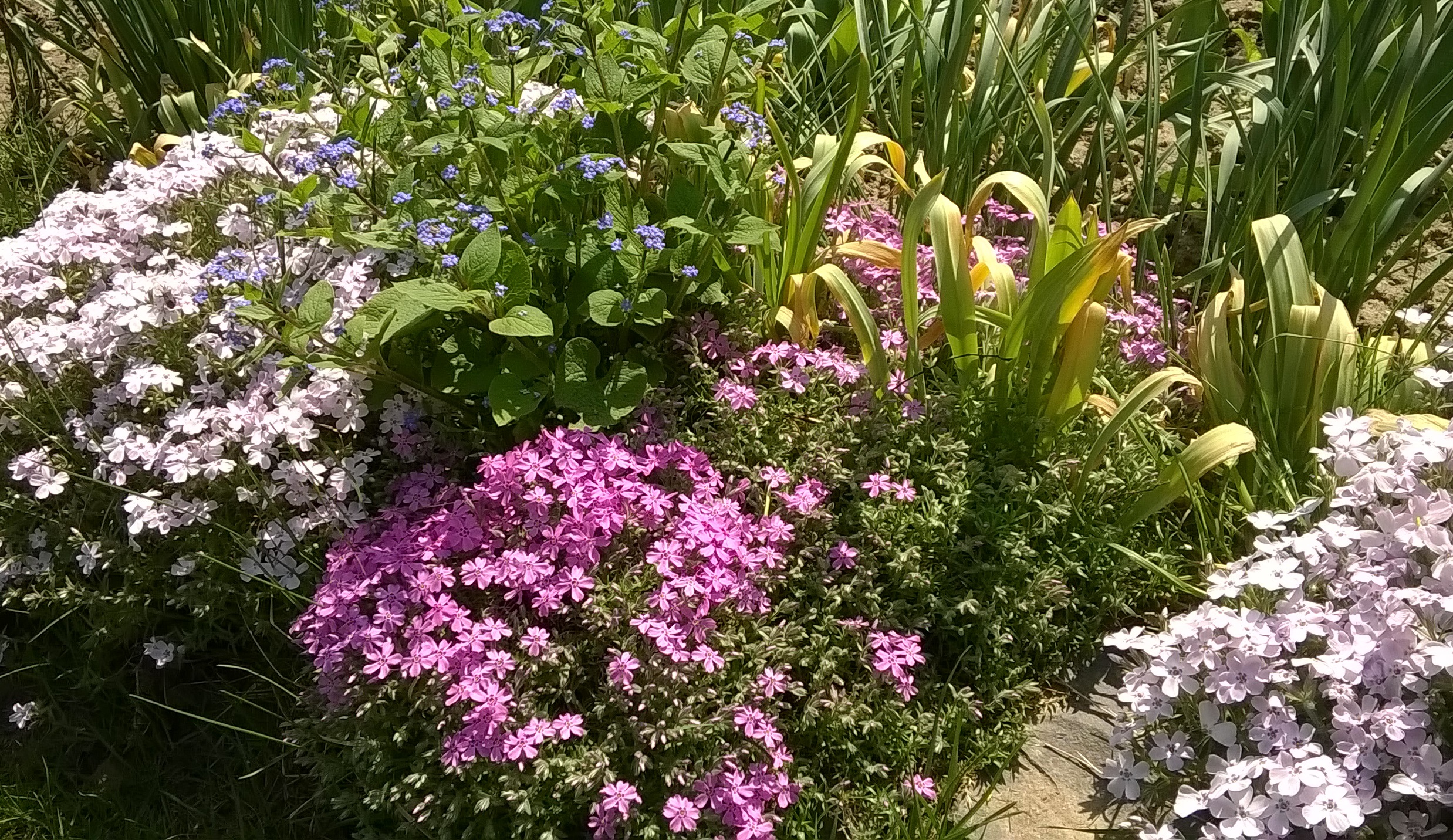 A tavasz káprázatai
A tavasz káprázatai